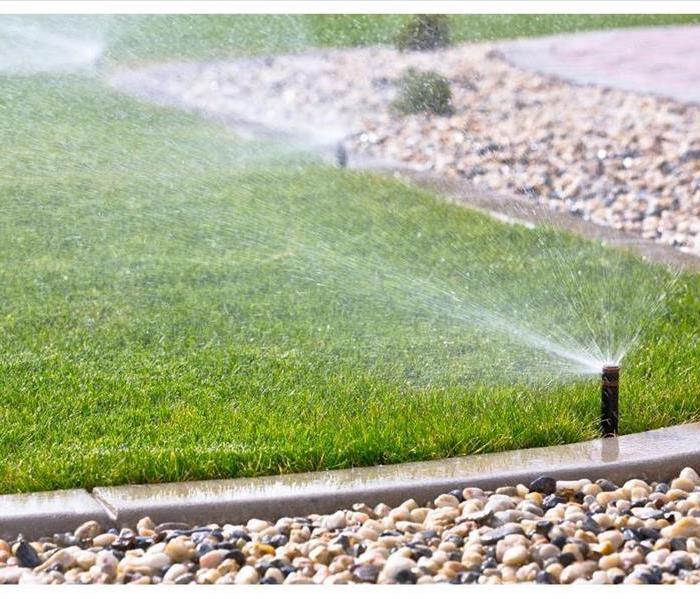A 5 Step Sprinkler Preparation Checklist
5/13/2020 (Permalink)
Take These Five Steps To Prepare a System for Operation
Commercial irrigation systems require seasonal irrigation maintenance to operate efficiently. One of the most critical procedures should occur as temperatures start to rise during the spring in St. Charles, IL. Property owners can take these five steps to prepare a system for operation.
1. Check the Soil
Sprinklers should not operate while the ground remains frozen. Lines running through frozen ground are prone to develop frozen blockages that raise pressure levels and cause pipes to burst. Check the status of the soil before activating and testing an irrigation system.
2. Clean the Heads
The heads on sprinklers are at risk of sustaining damage while installed. These components require regular irrigation maintenance, as debris can accumulate and block the flow of water or parts such as nozzles, filters, spray heads or rotors may be faulty.
3. Fill the Main Line
Water must enter pipes before a system can be tested. Slowly open the water main to allow time for pressure to equalize. Gradually introducing water safely pushes out air that could otherwise cause pressure levels to spike, resulting in broken pipes and water damage.
4. Test Zone Mains
Once the main irrigation line has been filled, it is time to test the integrity of smaller pipes. It is necessary to run water to each zone for at least a few minutes to check the functionality of every part of the system and detect any signs of sprinkler flooding.
5. Inspect the System
Allow the entire system to run and continue the inspection. It is also a good idea to adjust the watering schedule and ensure that soil moisture detection or rain shutoff devices are in place.
Commercial property owners should contact sprinkler system specialists regarding equipment malfunctions or irrigation maintenance issues. If an irrigation system leaks, restoration may be necessary to limit primary and secondary damage to a commercial property in St. Charles, IL.





 24/7 Emergency Service
24/7 Emergency Service
